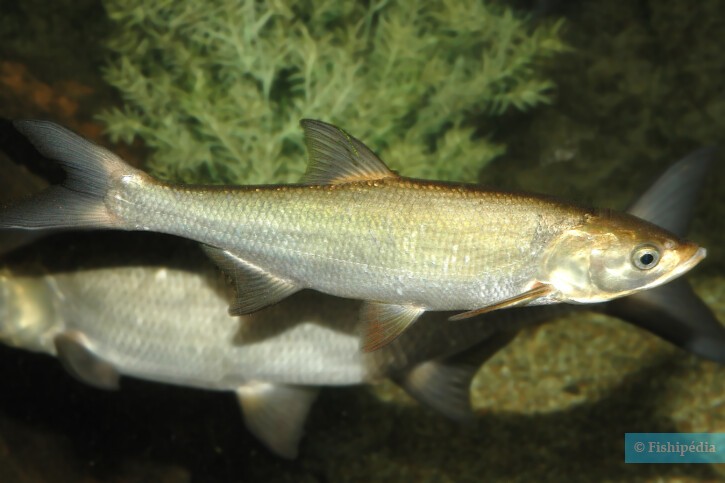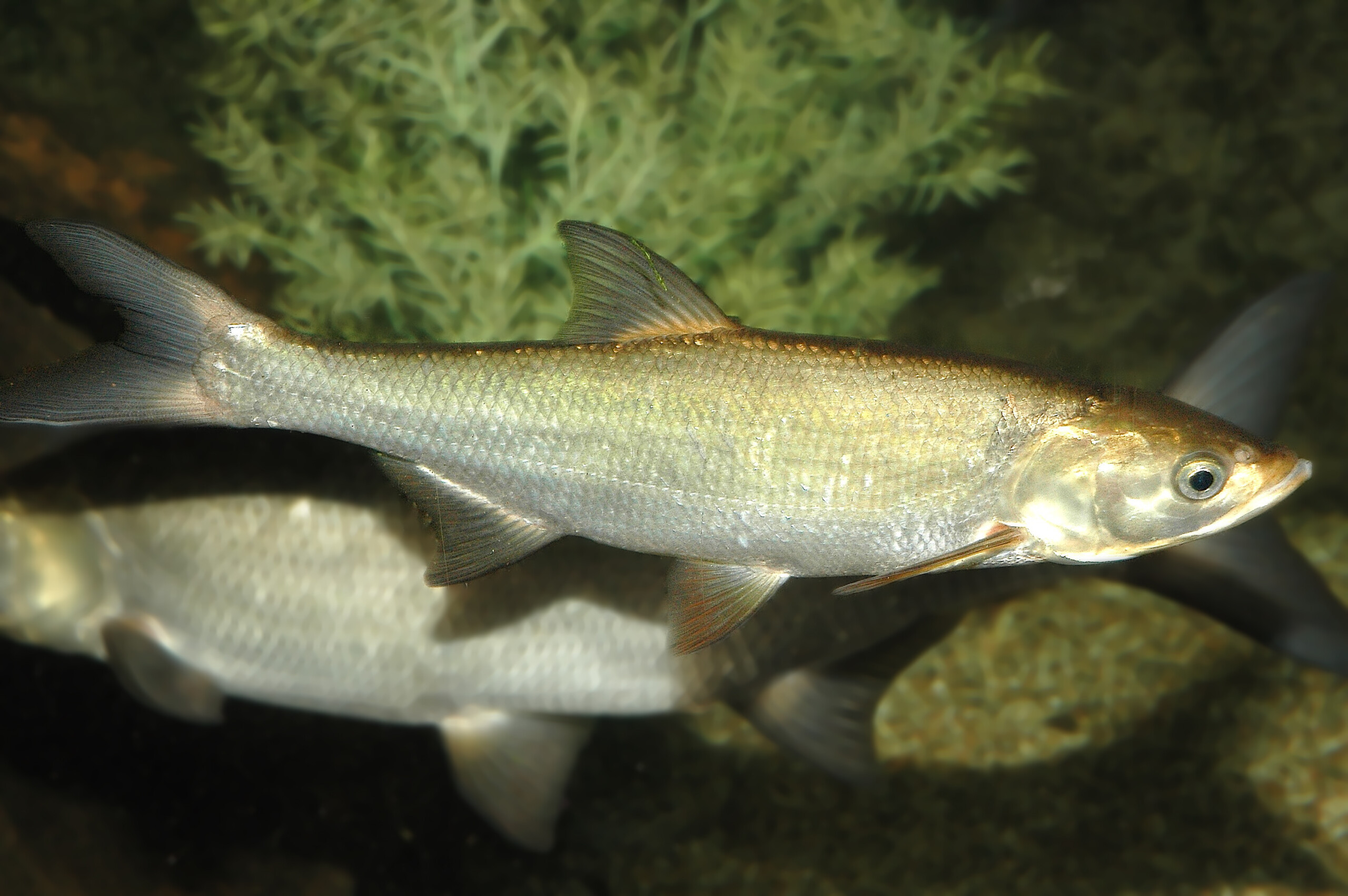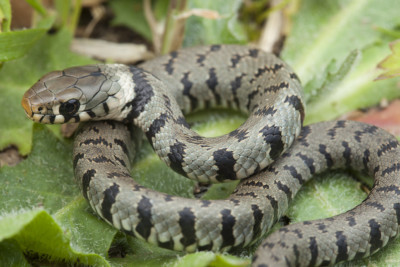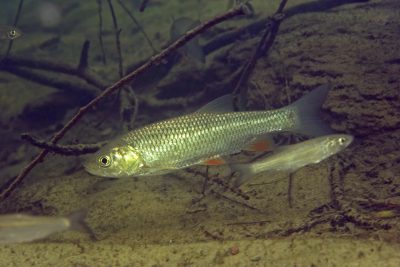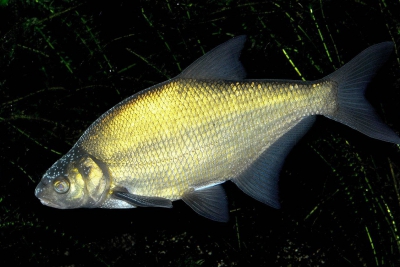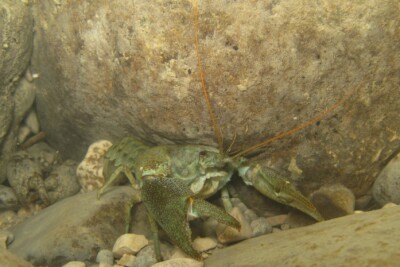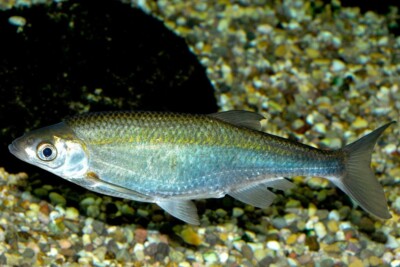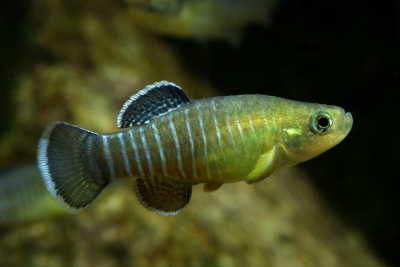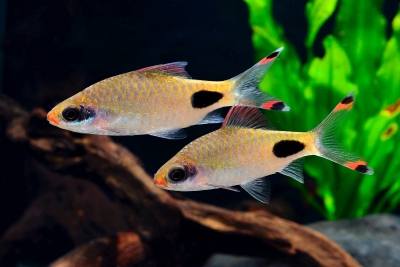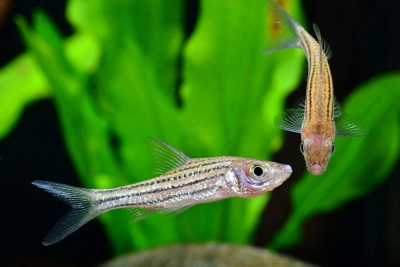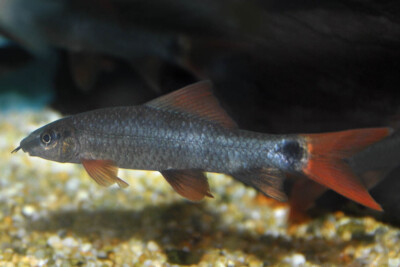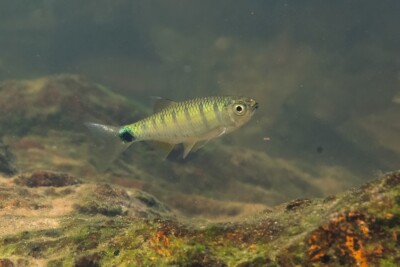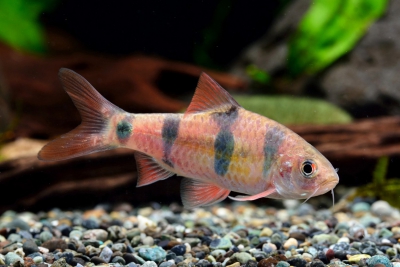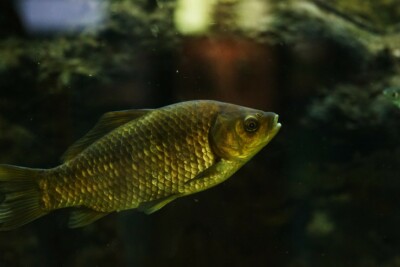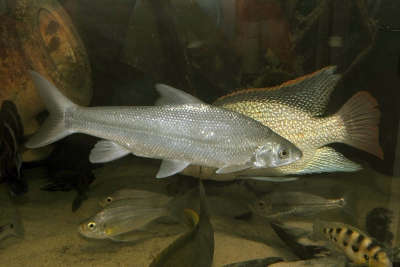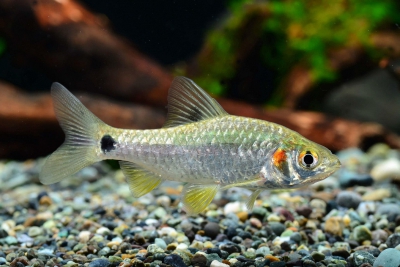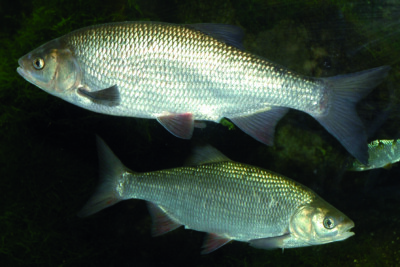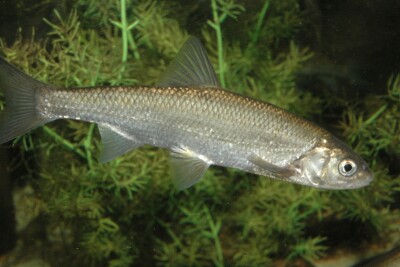Introduction
Leuciscus aspius, commonly known as asp, is a fresh water and brackish water fish.
This sheet is currently being prepared. The texts currently proposed come from our data model or are being drafted. To request priority for this content, you can write to us HERE.
Who is it?
Morphology
-
Average size55 cm
-
Maximum size120 cm
-
Average size55 cm
-
Maximum size120 cm
How to recognize This fish ?
The asp measures between 55 and 120 cm. This fish is unicolore with a predominantly argent body.
Behaviour & Life cycle
-
dietcarnivorous
-
Sociabilityliving in a group or alone
-
territorialNo
-
Way of livingdiurnal
The asp is a fish living in a group or alone naturally found mid-depth and near surface. This species is carnivorous .
n general, this species does not care much about other animals crossing its path.
Reproduction
-
Reproductionovipare qui pond en eau libre
-
Migratory speciesYes
The asp is a fish ovipare qui pond en eau libre.
Harmless species
This species does not represent any particular threats to humans when encountered in its natural environment.
Origin and distribution
What is its habitat?
Natural environment characteristics
-
Temperature4 - 20 °C
-
pH (acidity)6.5 - 8
-
FlowStrong, Medium and Slow
Biotope presentation
The asp is most often found at a depth between 0m and 10m. However, it is not impossible to find this species at other depths.
The asp prefers well oxygenated waters in current areas and rapids. It frequents fast flowing waters where the bottom is strewn with pebbles, wood or leaves carried by the current. It can be found not far from waterfalls and in mossy areas nearby.
This animal evolves in areas characterized by a strong presence of vegetation (aquatic and marsh plants, decaying organic matter, roots...).Species of the same biotope
To go further
Sources & Contributions
Participation & Validation
The Fishipedia team and specialist contributors are committed to providing high-quality content. However, although the information comes from scientific sources or testimonials from specialists, the cards may contain inaccuracies.

Benoit Chartrer
Translation
Translation done with the valuable contribution of our translators, who make this information available to a wider audience. We sincerely thank them for their commitment.
Scientific partners
Species of the same family
Same genus
Species of the same biotope
